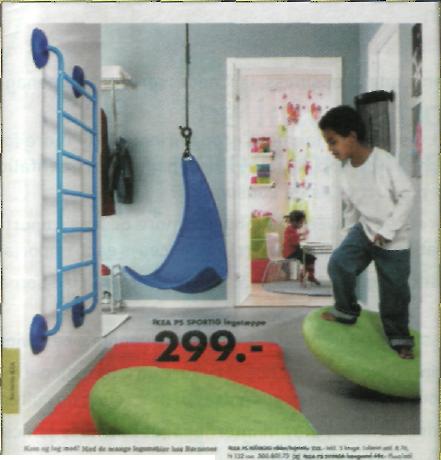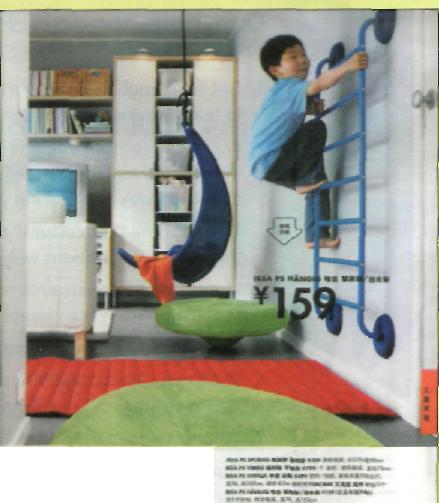|
Discussion Section
1. Discuss the situation,debate the questions and express your opinion giving any other real examples:
Be good, do good and make more money
The practice of corporate social responsibility is not new. In the mid- nineteenth century, English texture manufacturer Sir Titus Sale built a model community for his workers. He had both a selfless and a selfish interest in doing so; he believed that well-housed and cared-for workers would be healthier and more productive. Henry Ford held a similar philosophy; he had paid his assembly line workers extremely well to be sure they had enough money to buy his car! Today, social responsibility activities are likely to go beyond humanely treating one's employees; they are also likely to include promoting environmental stewardship, engaging in cause marketing and promoting cultural diversity.
Firms that believe in social responsibility possess a value system that goes beyond the short-term bottom line. Instead, they consider the short-and long-term effects of decisions on the company, its employees, consumers, the community and the world at large. Who are the current corporate leaders in social responsibility? Business Ethics magazine in the US annually rates the top five companies we Cummins, Green Mountain Coffee Roasters, Advanced Micro Devices, Nike, Motorola and Intel Corporation.
1. Discuss the pros and cons of there being a law on forcing companies to be socially responsible?
2. Read the case and discuss the questions:
IKEA Catalogue: Are there any cultural differences?
IKEA was founded in Almhult, Sweden in 1943 by Ingvar Kamprad. The company name is a composite of the first letters in his name in addition to the first letters of the names of the property and the village in which he grew up: Ingvar Kamprad Elmtaryd Agunnaryd.
The IKEA business philosophy is: 'We shall offer a wide range of well-designed, functional home furnishing products at prices so low that as many people as possible will be able to afford them.'
In the late 1940s, the first IKEA advertisements appeared in local newspapers. Demand for IKEA products soared, and Ingvar Kamprad quickly outgrew his ability to make individual sales calls. As a result, he began operating a mail order catalogue and distributed his products via the county milk van. This resourceful solution to a difficult problem led to the annual IKEA catalogue.
First published in Swedish in 1951, the IKEA catalogue was, in 2006, published each summer in 47 different editions, in 24 languages for 32 countries, and is considered to be the main marketing tool of the retail giant, consuming 70 per cent of the company's annual marketing budget. In terms of publishing quantity, the catalogue has surpassed the Bible as the world's most published work - at an estimated 160 million copies (in 2006) worldwide - triple that of its less materialistic counterpart. However, since the catalogue is free of charge, the Bible continues to be the most purchased non-fiction work.
In Europe alone the catalogue reaches more than 200 million people annually. Containing over 300 pages and about 12,000 products, it is distributed free of charge both in stores and by mail. The annual catalogue is distributed in August/September of each year and is valid for a full year. Prices in the catalogue
 
Illustration of the same product in the IKEA Catalogue in Denmark and Shanghai
are guaranteed not to increase while the catalogue is valid. Most of the catalogue is produced by IKEA Catalogue Services AB in IKEA's home town of Almhult, Sweden.
At the beginning of 2006 there were 221 IKEA stores operating under a franchise from Inter IKEA Systems BV. Total IKEA turnover in 2005 was ˆ15.2 billion.
IKEA accounts for just 5 to 10 per cent of the furniture market in each country in which it operates. More important is that the awareness of the IKEA brand is much bigger than the size of the company. That is because IKEA is far more than a furniture merchant. It sells a Scandinavian lifestyle that customers around the world embrace.
Cultural difference
There are about 12,000 products in the total IKEA product range. Each store carries a selection of these 12,000 products depending on store size. The core range is the same worldwide, but as shown there are differences in how the IKEA catalogue displays its products in the different national editions. Here we have two different illustrations featuring the same product. In this case the two illustrations for the same product are taken from the Danish and the Chinese catalogues.
Questions:
- Discuss the advantages and disadvantages of having the same product range shown in all IKEA catalogues around the world?
- The catalogue is the most important element in IKEA"s global marketing planning. Discuss if there could be some cultural differences in the effectiveness of the catalogue as a marketing tool.
- Explain some cultural differences which are illustrated by the two different illustrations of the same product (from the Danish and Chinese IKEA catalogues).
- Make the case analysis according to the following format:
- Summary (1-3 sentences)
- Problem (what the company has to do - affirmative sentence)
- Cast of characters (people and/or companies)
- Chronology (in the reverse order)
- Issues (what makes finding a solution to the problem more difficult)
- Options (possible solutions to the problem). At least three options with advantages and disadvantages. The most preferable option goes first.
- Recommendation (the best option with explanation why you choose it)
- Plan of actions
|